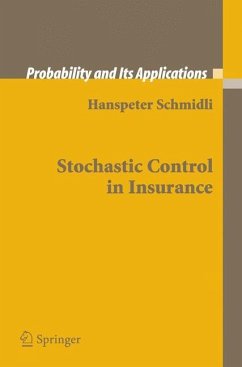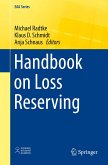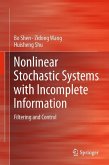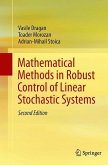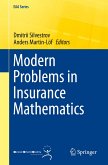Stochastic control is one of the methods being used to find optimal decision-making strategies in fields such as operations research and mathematical finance. This book provides a systematic treatment of optimal control methods applied to problems from insurance and investment, complete with detailed proofs. The theory is discussed and illustrated by way of examples, using concrete simple optimisation problems that occur in the actuarial sciences. The problems come from non-life insurance as well as life and pension insurance and also cover the famous Merton problem from mathematical finance.
The book is directed towards graduate students and researchers in actuarial science and mathematical finance who want to learn stochastic control within an insurance setting, but it will also appeal to applied probabilists interested in the insurance applications and to practitioners who want to learn more about how the method works.
The book is directed towards graduate students and researchers in actuarial science and mathematical finance who want to learn stochastic control within an insurance setting, but it will also appeal to applied probabilists interested in the insurance applications and to practitioners who want to learn more about how the method works.
From the reviews:
"This book provides a state of the art treatment of dynamic stochastic control problems arising in insurance, like investment, dividend payout and reinsurance problems. ... The book comprises four chapters and a comprehensive appendix about stochastic processes, risk theory, life insurance and the Black-Scholes model. ... is certainly a valuable reference for graduate students and researchers in actuarial sciences who are interested in stochastic control methods. It discusses in a critical way the HJB approach for these problems and shows its scope and limitations." (Nicole Bäuerle, Mathematical Reviews, Issue 2008 k)
"This book provides a state of the art treatment of dynamic stochastic control problems arising in insurance, like investment, dividend payout and reinsurance problems. ... The book comprises four chapters and a comprehensive appendix about stochastic processes, risk theory, life insurance and the Black-Scholes model. ... is certainly a valuable reference for graduate students and researchers in actuarial sciences who are interested in stochastic control methods. It discusses in a critical way the HJB approach for these problems and shows its scope and limitations." (Nicole Bäuerle, Mathematical Reviews, Issue 2008 k)
